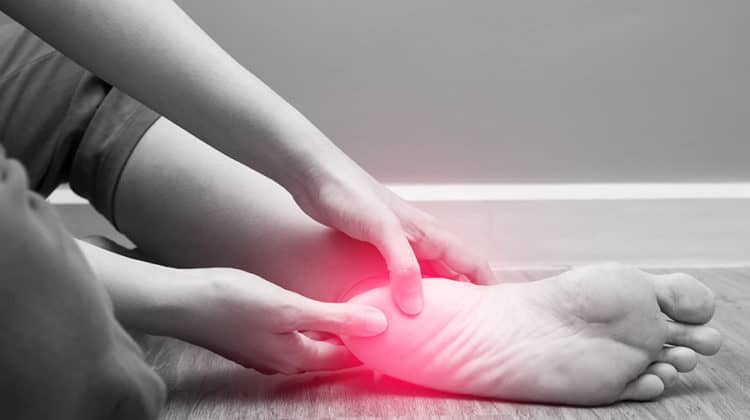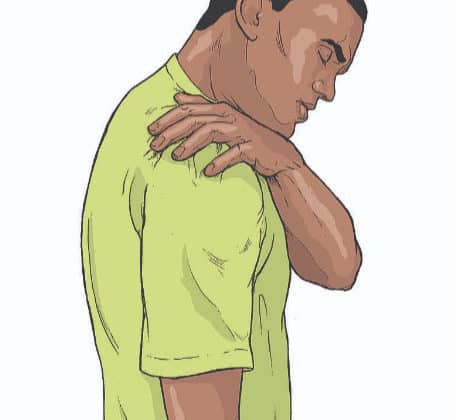Is ITB Friction Syndrome as complicated as it sounds? It’s giving me hell!

What is ITB Syndrome?
So, let’s break it down. ITB stands for Iliotibial Band, which is a lengthy ligament-tendon hybrid that runs along the outside of your thigh. It’s fixed to your lower leg just below your knee joint, and to both the top of your thigh and bum. Essentially, the ITB helps with the movement of the leg away from your body, and stabilizes the knee joint as it flexes and straightens when you run, cycle or do just about anything apart from lie in bed.
When your knee is flexed the ITB rubs against a bony outcrop on the outer knee. Over time, and with repeated or exacerbated friction, sufferers can experience severe soreness in the area, which is often noticeably worse during the flexing of the knee.
Any associated pain typically starts out as manageable tenderness, before getting worse with repeated use. Beyond these initial symptoms, sufferers have reported a stabbing pain during activity, and occasionally a feeling of snapping as the knee is straightened. Yep, that made us wince as well.
What have I done to deserve this?
Don’t forget that ITB is primarily caused by overuse or misuse – you’re not going to have an ‘aha!’ moment when you pinpoint exactly when and where you developed it. Unfortunately, this can make the process of determining exactly what the underlying problem is a little tricky if you don’t seek expert help.
The first thing you should investigate is whether you’ve made any pronounced differences to your training routine. If you’re someone who is occasionally guilty of overtraining, then we applaud your
commitment to the cause, but will gently ask you to ease off and give your ligaments a rest. Similarly, if you’ve amped your training up too much too quickly, your eagerness to improve may have triggered ITB syndrome. Don’t be disheartened, you haven’t found your body’s physical limits, but you probably have put the current version of your body under a little too much stress. Try dialling your routine back a little bit for the time being… it’ll allow you to reach higher goals in the future.
Away from training too hard, ask yourself if you’re training smart. Is careful stretching and a thorough warm-down part of each and every session? Are you practicing proper technique or form? As your body changes and evolves, are you being careful to strengthen opposing muscle groups together?
And finally, make sure you’re wearing footwear that’s suited to whatever your exercise routine is. The thought of people training in incorrect or exhausted trainers is what stops us from sleeping at night.
How can a myotherapist help me out?
There are no gold stars to hand out to people who guessed that a myotherapist will be able to help you to address the causes discussed in the paragraph above. Determining exactly what is causing your ITB syndrome is always step one, and, in all likelihood, the only way you’re ever going to prevent an escalation of your discomfort.
Through an examination of your routine, a myotherapist will be able to tell you if it’s the frequency of your training, or whether you’re committing any of the cardinal cardio sins (we’re looking at you, downhill running). Beyond your routine, a myotherapist will be able to identify if there any other contributing factors such as underdeveloped muscle groups, or even poor technique.
Additionally, treatment of the surrounding soft tissue with massage and dry needling may provide you with a more immediate dose of pain relief.
So what’s next for me?
As always, you want to be doing everything you can to avoid the need for surgery or any invasive procedures. Although rarer with ITB syndrome than it is with other tendon/ligament issues, surgery can become a legitimate suggestion if all treatments elicit no response, or if inflammation becomes chronic. If you’re experiencing any of the symptoms described, give us a call and we’ll be able to talk you through your best plan of action.
For more information about ITB Syndrome, don't hesitate to visit our and talk to our experienced myotherapists. You may also call us on 03 9078 9953.






